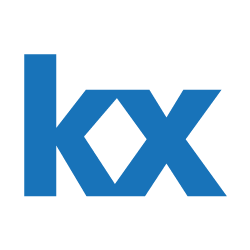System Architecture
Kdb+ uses Lambda architecture on each single node. It has the following properties:
-
Data currently using stores in memory, while historical data is stored on disk.
-
New data come in from streaming sources.
-
Event-engine distribute data to downstream subscribers, including real-time database engine and streaming query engine.
-
Real-time database projects its content down to on-disk historical database for analytic use at daily basis, controlled by event-engine.
Storage Model
Decomposition Storage Model (Columnar)
Kdb+ uses DSM both for in-memory and on-disk storage.
Concurrency Control
Deterministic Concurrency Control
Kdb+ supports deterministic concurrency control.
Compression
Kdb+ supports on-disk compression with following algorithms:
-
kdb+ algorithm: default compression algorithm
-
gzip: supports different level of compression, larger compression rate needs more computation time
-
Google Snappy: time performance is better but compression rate is lower compared with previous two algorithms
Storage Architecture
Kdb+ has both in-memory and on-disk storage. New data is held in memory and old data is flushed to disk. The flush is controlled by event-engine. By default, event-engine will flush in-memory data to disk at daily basis. Rationale behind this design is the system wants to keep everyday new data in memory for fast query.
